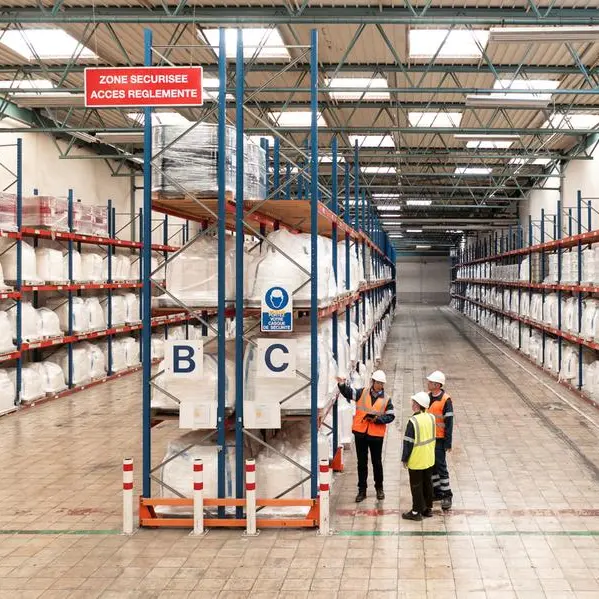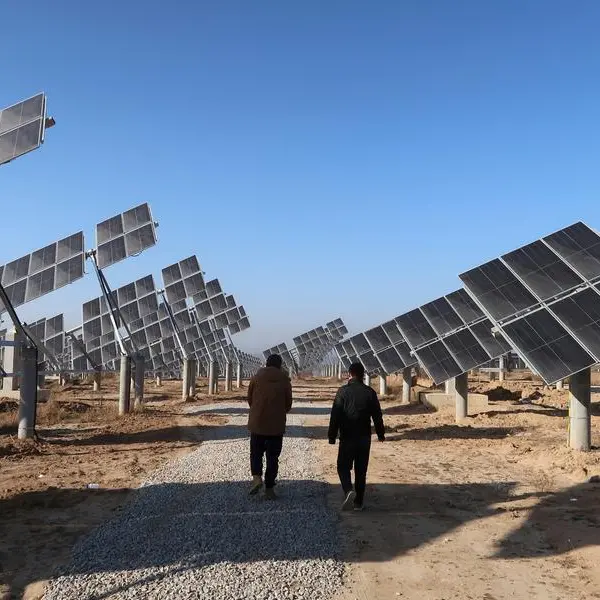Sustainability and climate change are all-pervasive slogans and turning phrases of the century and we must realize that these two terms are intertwined as the longevity of the planet and human race must be protected.
Why is the question of healthcare sector’s sustainability being perceived as being so connected to climate change? This requires a thorough examination of the numerous disruptions faced by health care.
Pandemic aftermath
Sustainability has been turned on its head since the beginning of the COVID-19 pandemic in 2020. With the sudden emphasis on Personal Protection Equipment (PPEs), and vaccinations, over 16 billion disposable injections have been administered per year around the world, along with millions of disposable beddings, discarded vials, bi-pap machines, tubes, and catheters ending up in different landfills.
In the US alone, about one pound of medical waste is created per bed per day, and one cannot even begin to estimate what that would mean for the total of 923,203 beds available. The medical waste management business worldwide was worth $12.8 billion in 2021 alone and is predicted to rise to $23.6 billion by 2030.
Healthcare sector is key
Is such a surge of plastic waste and hazardous waste environmentally sustainable? Health care systems will need to optimize resources, manage efficient use of energy, create smart electronic data systems, and use AI-powered telehealth consultations to cut down on carbon footprint and work towards a net-zero carbon goal. We need to look at the threat of pollutants, hazardous wastes, and reducing the environmental cost per patient care per bed.
There are many areas of hospital management that can serve as models of optimal use of resources, and we have seen the success of some of these at our own facilities. This includes not only the logistics of managing beds but also installation of solar panels to incorporate renewable energy, the use of battery-operated or hybrid ambulances, optimal utilization of energy in managing air quality in ICUs, negative pressure rooms, and infection control. Hospitals must go paper-free, manage electronic medical records, reduce wastage in managing meals and housekeeping for patients, ensure safe disposal of hazardous and non-hazardous waste, and conserve energy in rooms, operation theatres occupied by patients as opposed to vacant rooms.
If we intend to be efficient in the way natural resources are distributed and utilized, we will have to address the elephant in the room – namely, making the health care sector energy-efficient and optimizing resources for best results. The link between environmentally sustainable models and climate change in the health care sector is organic, integral, and undeniable.
How to stand up for climate resilient systems?
In post pandemic hindsight, the world has realized that both man-made, natural calamities have a direct impact on the healthcare system. People fall sick during natural calamities and also suffer through man-made situations like war.
The recent Ukraine war and earthquake in Turkey are examples of this, as well as the influx of bird flu, Zika virus, and malaria. The fragility of human beings and the healthcare system in dealing with crises are directly proportional to the success or failure of nipping these crises in the bud.
Twinning topics
While we need to devise a way to work out eco sustainability, the question of a health care system that is resilient to climate control twins with this. During the pandemic the speed at which field hospitals came up, ventilators, ICUs and medications, the success of the entire vaccination campaign, was all directly proportionate to the quick rebound of the health care system.
Blueprint for climate resilient health care system
The World Health Organization (WHO) has defined a climate-resilient health system as one that can anticipate, respond to, cope with, recover from, and adapt to climate-related shocks while bringing sustained improvements in population health. In a report, WHO has highlighted the need for health care systems to adapt and cope with health care risks posed by climate change.
WHO's blueprint for strengthening countries to help them build a climate-resilient health care sector is focused on five aspects - the robust health of the workforce, water sanitation systems, waste management, sustainable energy usage, and preservation of the infrastructure.
Health care systems that demonstrate resilience to climate change and are sustainable are the ones that will eventually survive and thrive to empower humanity collectively.
Cases in point
The world appreciates the initiatives countries like New Zealand, Australia, Norway, France, and UK have taken to build climate resilient health care systems, by investing in renewable energy.
The main ways to building climate resilient system includes, discontinuing or minimizing use of fossil fuels, investing in renewable energy, switching to sustainable transport systems, adapting to indigenous farming modes to improve food security and conserving rain forests. The UAE has demonstrated its willingness to tick all these boxes.
It will be interesting to participate in COP28 and watch firsthand, a young desert nation lead by example.























